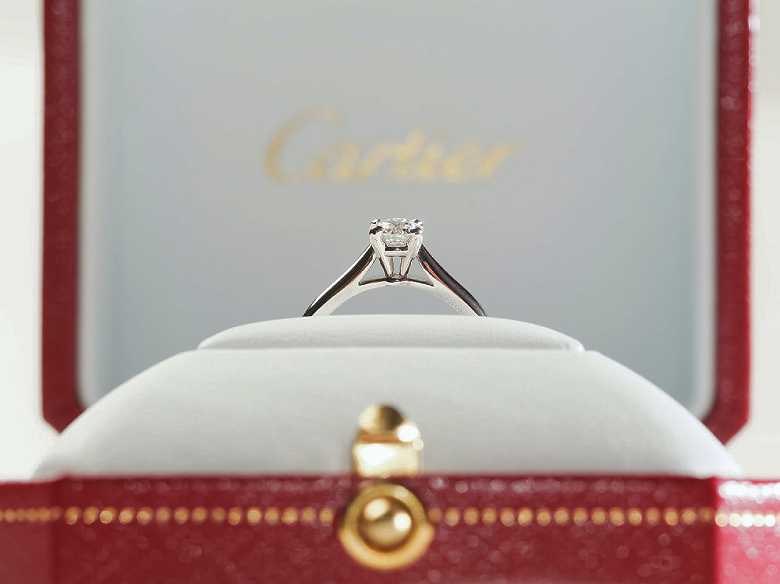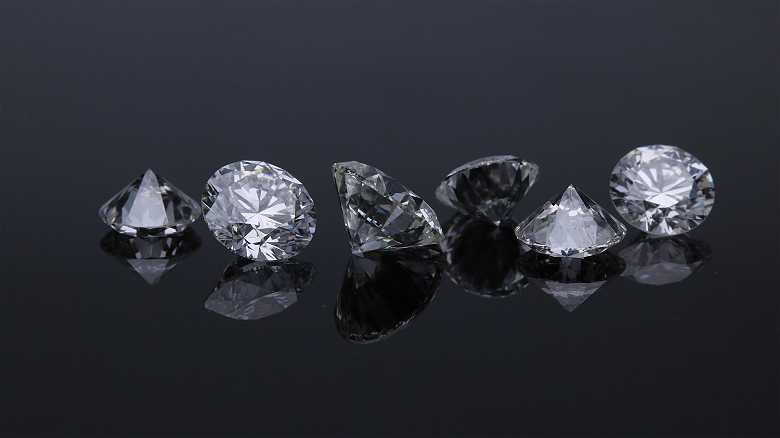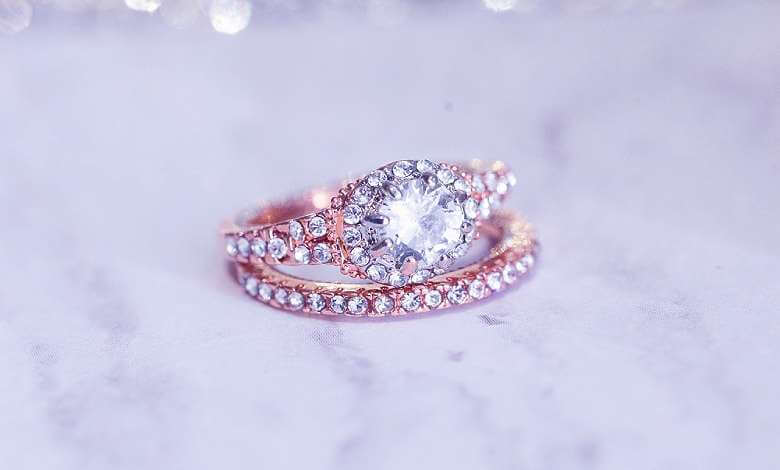Diamonds are graded on the 4 Cs – color, cut, clarity and carat weight. The final grade determines the value of the diamond.
You might be wondering which one is the most important. The truth is that it depends on what you’re looking for.
If you want a colorless diamond, but aren’t set on a certain cut, you’ll want to pay more attention to the color grading.
If you have your heart set on a certain carat weight, the color might not mean as much to you.
Cut and color both impact the final value of your gem and play an important role in its final cost.
Keep reading to find out how.

Photo by: W W from Pexels
Diamond Color
Often a lower grade in diamond color is not something you would notice, but it can certainly bring the cost of the gem down, up to 10 percent between grading levels, in some cases.
Labs like the Gemological Institute of America (GIA) and the American Gemological Society (AGS) evaluate diamonds and grade them based on whether the diamond is colorless or if it has a tint to it.
The most widely used grading system is from the GIA with diamonds ranging from D to Z on the color scale.
Diamonds with a grade of D-F are colorless or nearly colorless.
Grades from G-J are nearly colorless, but have a slight tint. That tint won’t be evident to the naked eye, but will lower the value and cost of a diamond.
A grade of K-M means a diamond has a visible color, but you’ll have to look closely to see it.
A very light yellow color is evident in diamonds graded between N-R.
Finally, diamonds in the S-Z range are yellow in color and aren’t usually sold as jewelry.

Photo by: Edgar Soto on Unsplash
Diamond Clarity
Clarity refers to the presence or absence of blemishes and inclusions.
Blemishes may be a scratch, nick or chip in the diamond. Often this can be masked with a setting, but can also bring the value and cost of the diamond down.
Inclusions are imperfections inside the diamond. That might be a crack or the formation of crystals inside the gem. Diamond graders look closely at diamonds to determine their clarity grading.
Fortunately, clarity isn’t the most important of the 4 Cs, and inclusions and blemishes can be masked by choosing a cut and carat weight that blends them.
Cut allows the diamond to reflect light and show its brilliance, which can hide blemishes and inclusions. If size is most important to you, carat weight should be your priority and you can compromise a bit on the clarity of the stone.
Color and clarity are certainly important and influence how much a diamond is going to cost you. Combined with carat weight and cut, you should be able to find the perfect diamond for your preferences and desires.
Use the diamond price calculator at Pricescope for more information on finding a diamond that’s in your price range.



Very informative article. Just what I wanted to know.
Thank you!
Useful info. Please write more about luxury jewelry.
Now many things related to diamonds are more clear